
December 15, 2022

Brutalism or Brutalist design came out in the mid 20th century as a blocky concrete style with lots and lots of concrete. Everything was overscale, and usually in cold looking geometric patterns. Buildings designed in this style did not have much to offer on the ground plane, which was normally just as desolate an area as the facade of these buildings.

A good Vancouver example is the medical/dental building at 805 Broadway designed by architect Vlad Plavsic. It has great views from the upper floors. And a whole lot of concrete on the interior and the exterior.
There is another name for the fostering of exterior environments in cities that are just not that welcoming to people, and try to minimize opportunities for people to sit, sleep, or stay around. That moniker is “hostile architecture” and we have all seen it-from rounded corners on buildings to discourage people urinating, to benches that are designed for one person to sit on.
Chicago based artist Sarah Ross created “archisuits” over 15 years ago to address the hostile design of public spaces and buildings, and her work is still elemental post pandemic.

As described by Grace Ebert in Colossal, “Ross’s four leisurewear pieces bulge with supports that perfectly fit into the negative space of benches, fences, and building facades. The designs draw a contrast between the soft, bendable wearables and the cold, rigid architecture, which the artist describes as “an arm of the law, a form that uses the built environment to police and control raced, classed, and gendered bodies.”

Ms. Ross has designed four suits that work perfectly on environments where people are not supposed to recline, sit, or lean on. Her statement about hostile design is just as true today. You can find out more about Ms. Ross’s work on her website here.
images:sarahross,rft

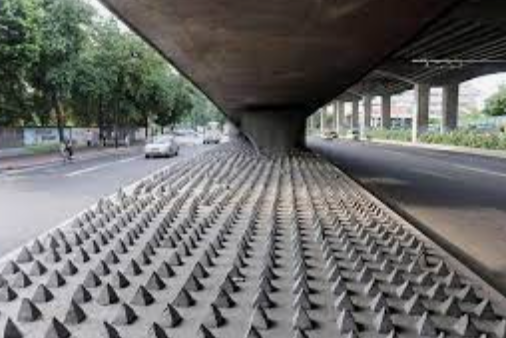
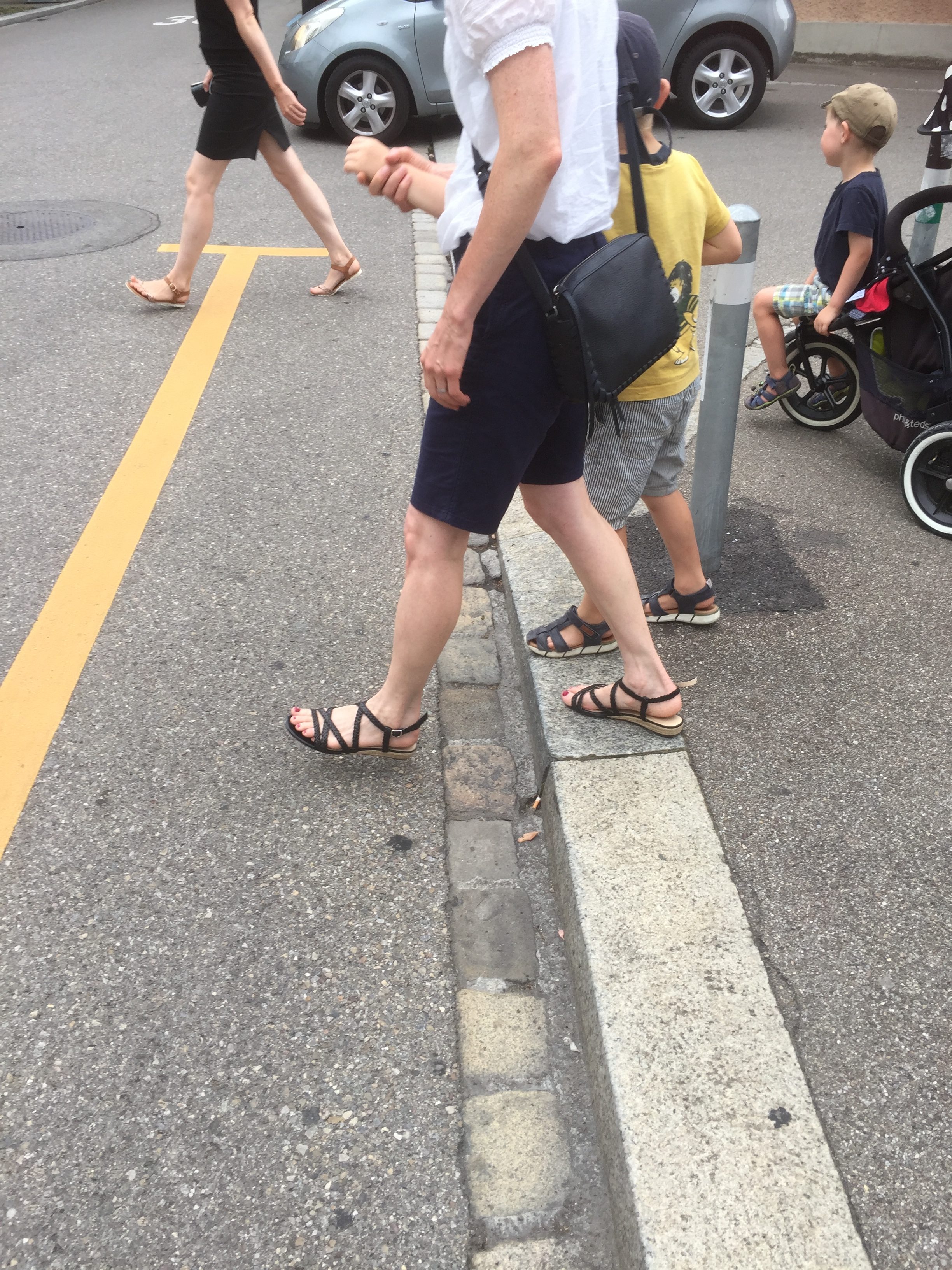

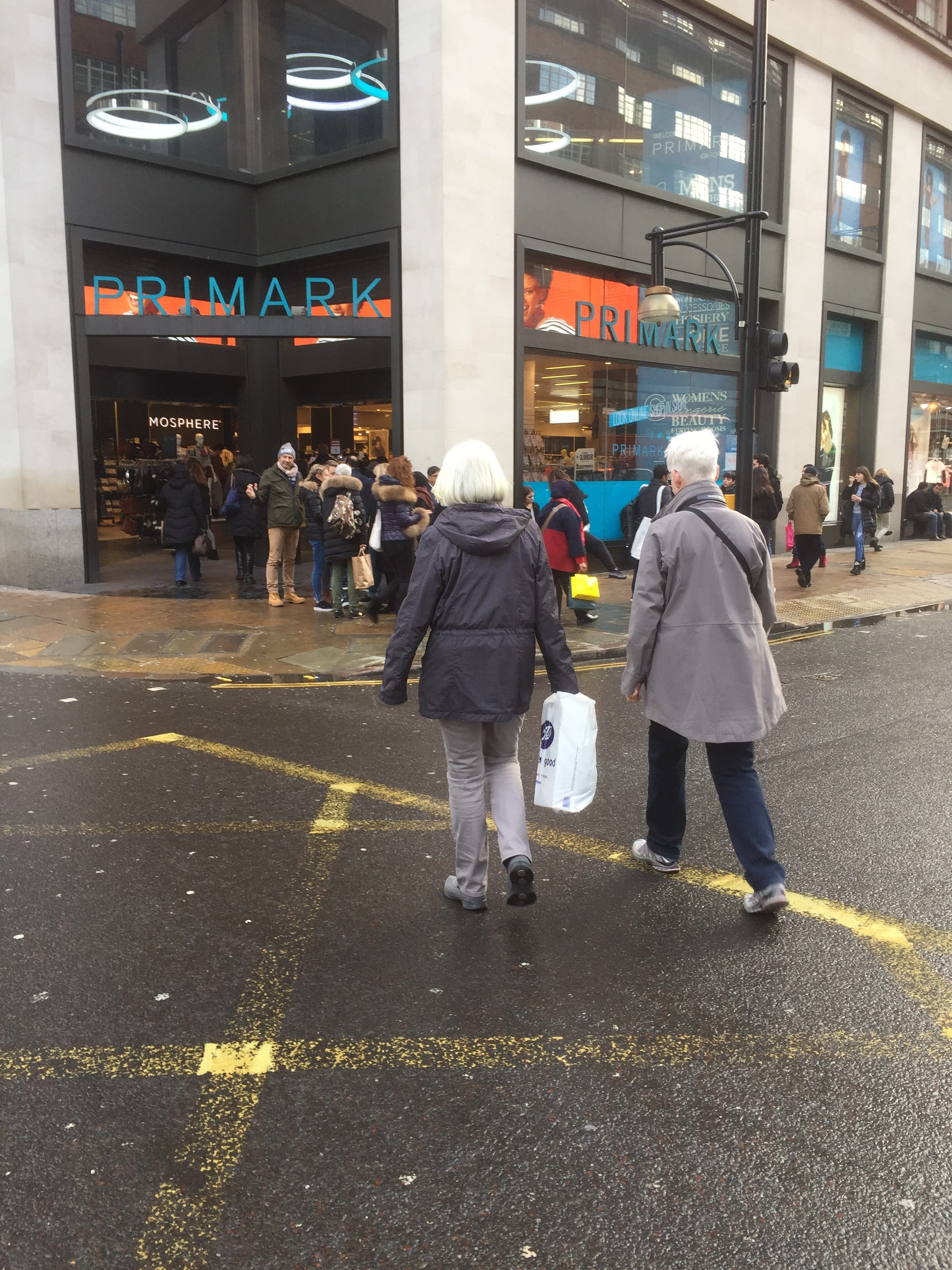


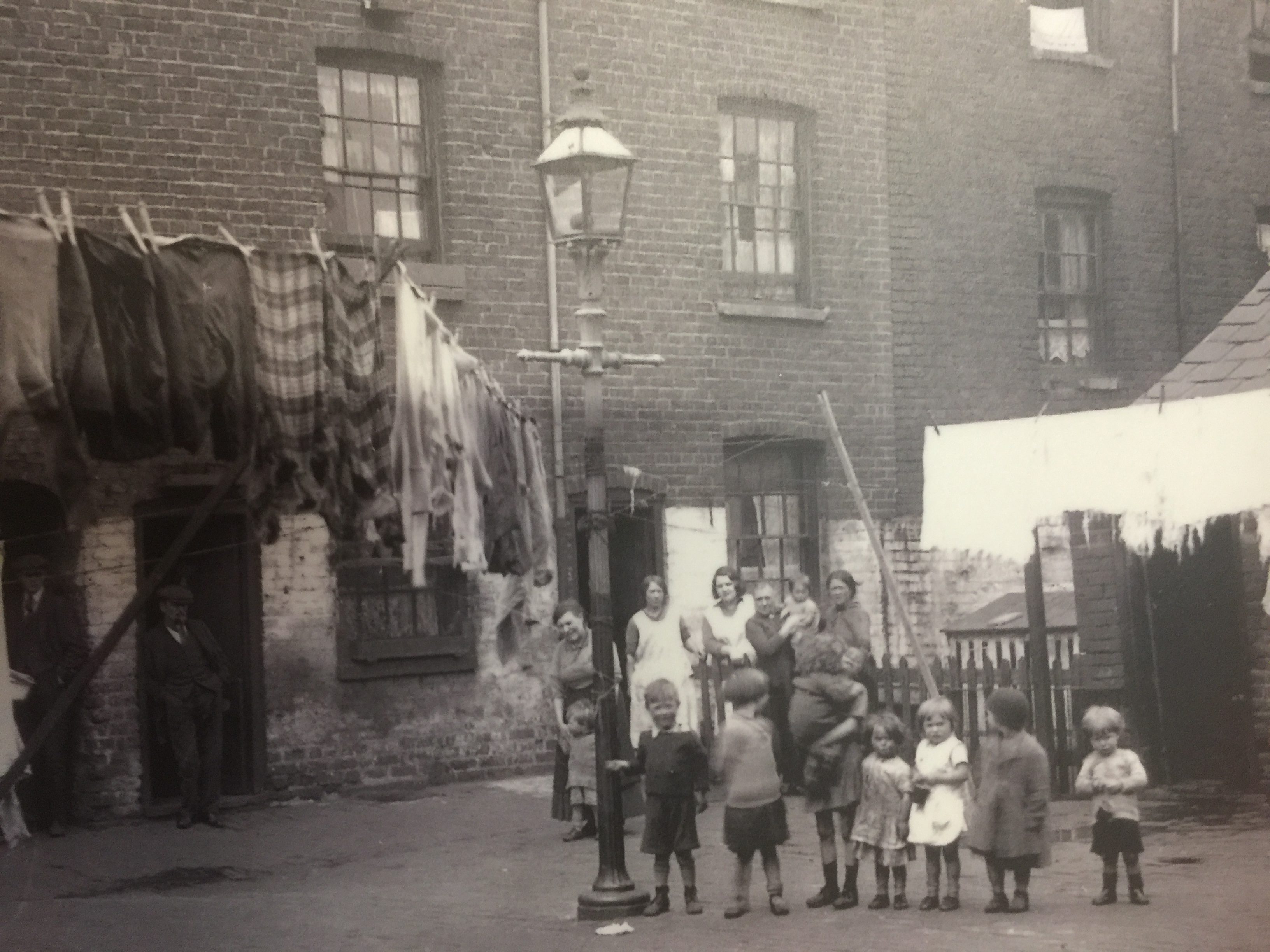


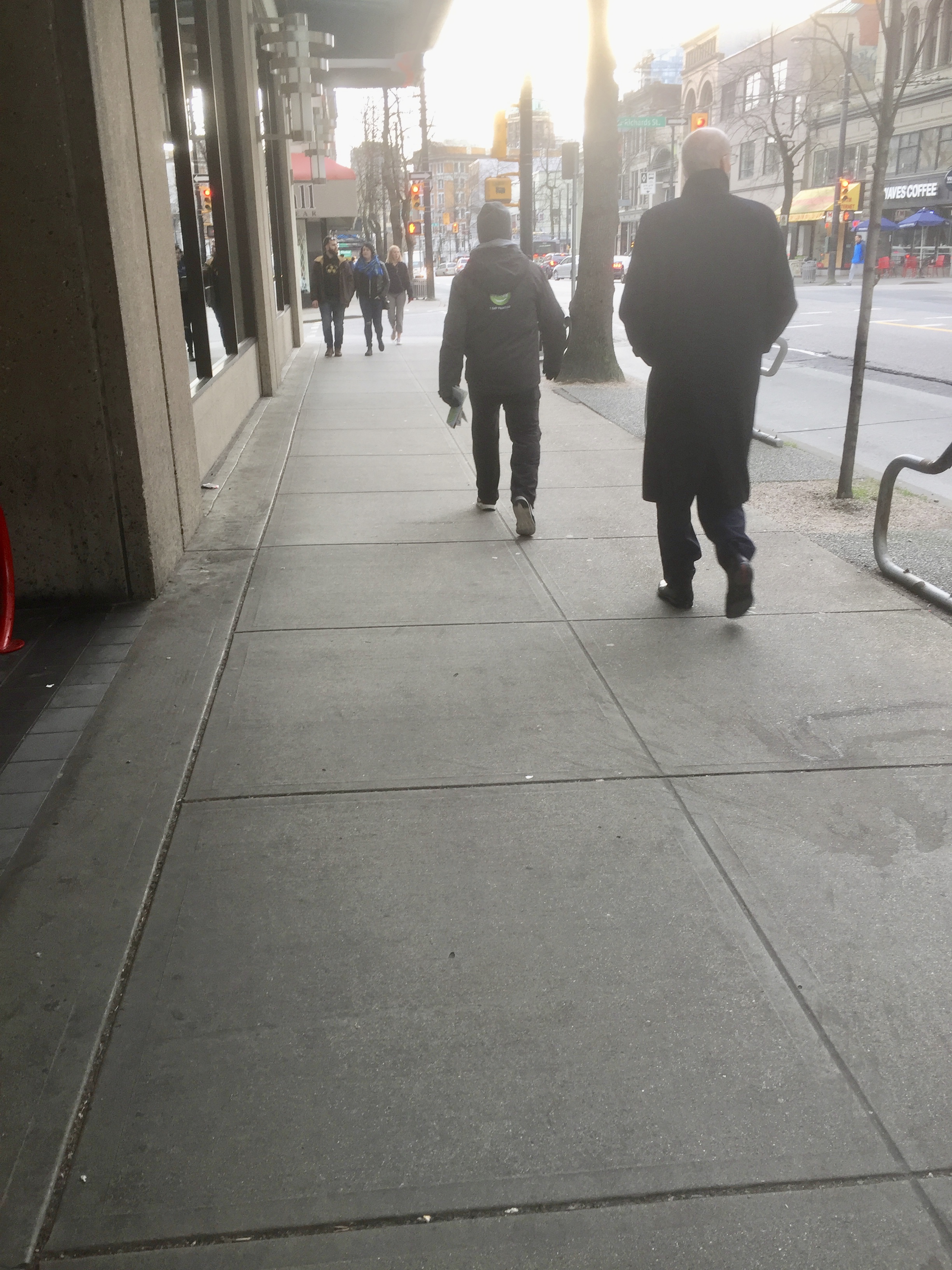
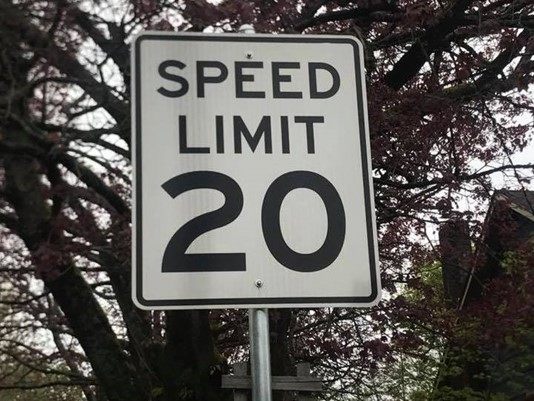

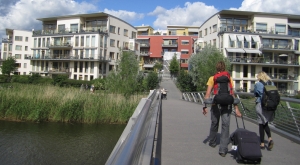


 View from Seoullo 17 of Traffic
View from Seoullo 17 of Traffic One of several entrances to Seoullo 17 integrated into new plazas at ground level
One of several entrances to Seoullo 17 integrated into new plazas at ground level







